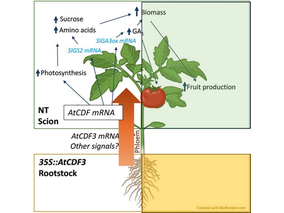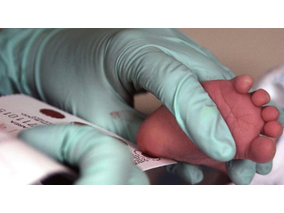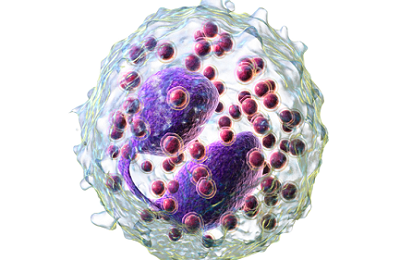Research on ischemic stroke made by the Neurotraumatology Unit of the Vall d'Hebron Research Institute (VHIR) has been recently published in the journal Plos One. This study, led by neurosurgeon Fuat Arikan, proposes a new animal model, the swine, to study the vascular pathology and to deepen further the mechanisms involved.
It is the first time that ischemic stroke is studied in detail in this animal, the common pig. Since the 80s until today, rodents and rats in particular, had been the most widespread model in the study of stroke. However, they presented a series of differences with the human brain that made that the experiment results could not be applied.
The swine, however, presents many advantages to study ischemic strokes. It is a brain much like humans, both in size and composition, in terms of gray and white matter. It also allows neuroimaging tests used with people.
The paper studies different aspects of this disease, such as the presence of oxygen in the brain. This allows to see how the ischemia spreads after stroke, which is the lack of oxygen the cause cell death and, therefore, loss of brain function.
The use of pigs has allowed also to deepen the operation of certain cell receptors involved in the disease. In particular, SUR1 and TRMP4 receptors are investigated, which are not found in nerve cells in normal circumstances. Expressed only in situations of lack of oxygen, as in a stroke. It has been seen that these receptors play a crucial role in the main complication of ischemic stroke, cerebral edema, which significantly increases the risk of mortality. The discovery could be the basis for a new therapeutic strategy.
Stroke is currently the second leading cause of death worldwide and a major cause of work disability, but until now, no experimental studies had been successful in its translation to humans. For that, the use of this new model could lead to great advances in their knowledge and open the way to new treatments.

The research team observed changes in head circumf...

AtCDF3 gene induced greater production of sugars a...

Un estudio con datos de los últimos 35 años, ind...

En nuestro post hablamos sobre este interesante tipo de célula del...

La revista ‘Nature Protocols’ selecciona esta técnica como “pro...
Biotechnology portal in Spain
Subscribe to our newsletter and stay up to date with the latest news and deals!
2013 © Biotech-Spain.com - Site Developments SL. All Rights Reserved. Terms of Service | Privacy Policy
Articles
Directory
